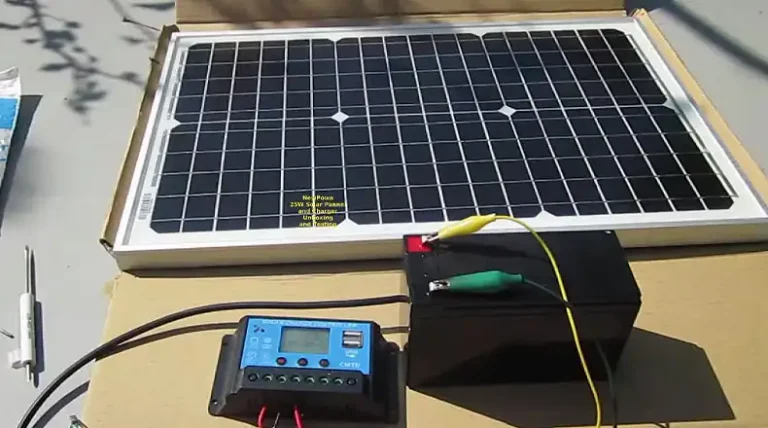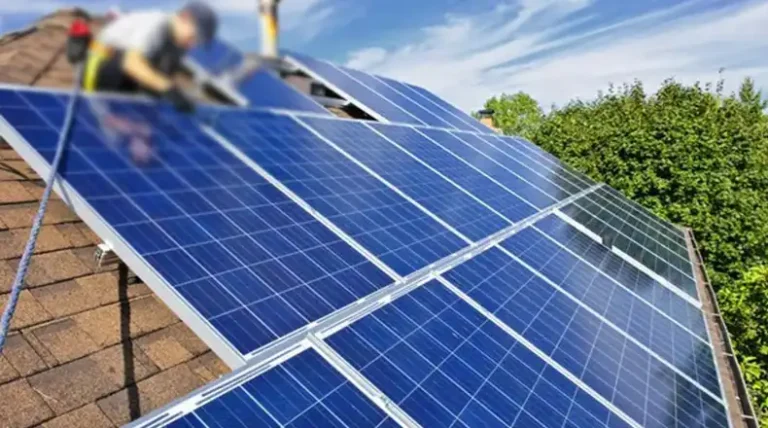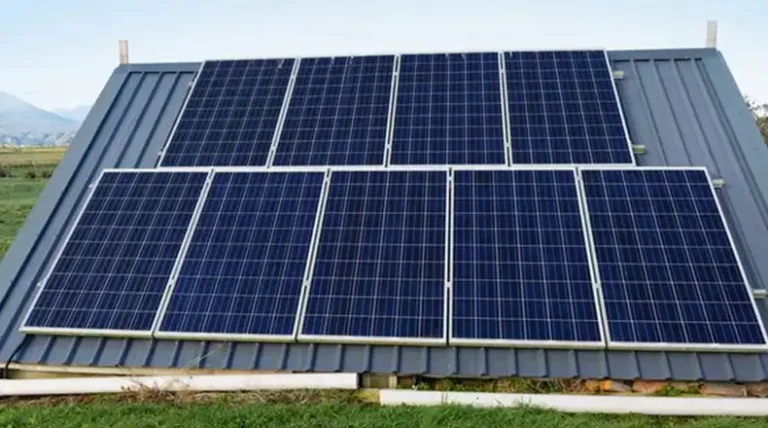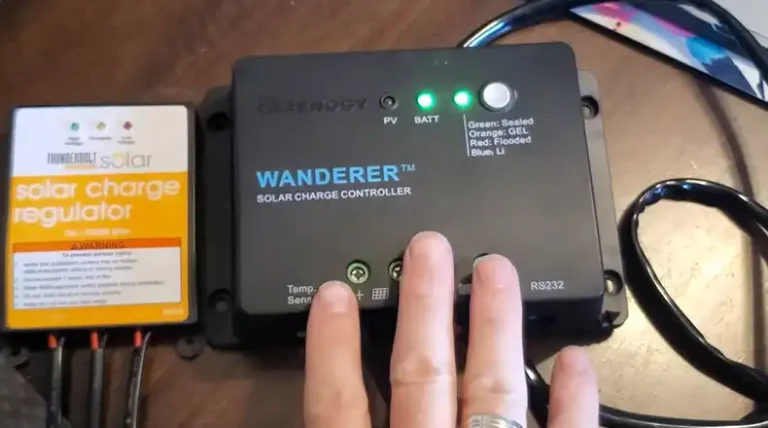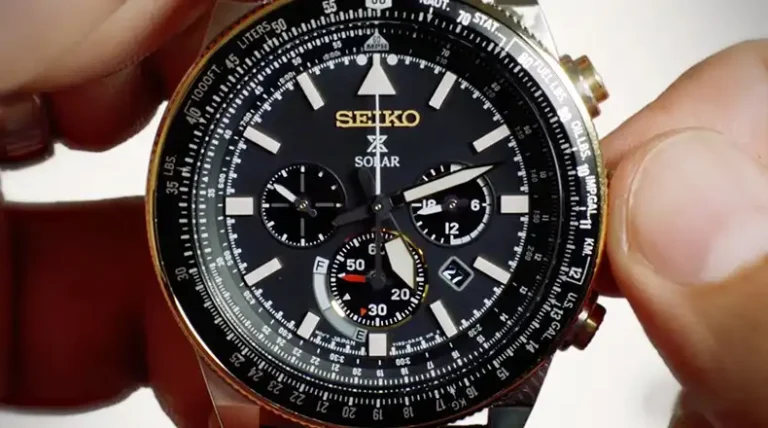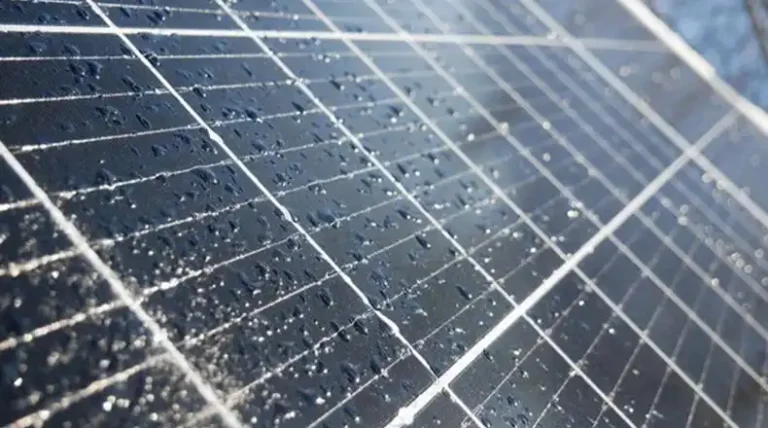Charging a LiPo Battery with a Solar Panel | The Complete Guide
In the world of portable power solutions, LiPo batteries reign supreme, offering compact and lightweight energy storage. However, the concern of keeping these batteries charged while on the go is a common challenge. The solution? Charging a LiPo battery with a solar panel.
Yes, you can effectively charge a LiPo battery using a solar panel. Yet, the process and considerations involved are paramount. But how do you make it work?
Continue reading to unravel the steps, challenges, and nuances of this electrifying combination. This article is your gateway to understanding the process, ensuring your LiPo batteries stay powered wherever your adventures take you.
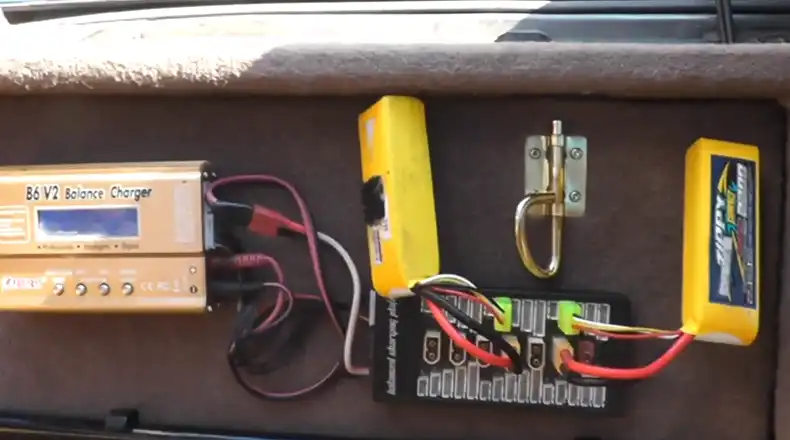
Power Requirements for LiPo Battery and Solar Panel: Ensuring Compatibility
Understanding the power requirements of both the LiPo battery and the solar panel is essential for efficient and safe charging. Here’s a breakdown of what you need to know:
LiPo Battery Power Requirements
- Voltage Range: Each LiPo cell has a nominal voltage of 3.7V. Fully charged, it reaches 4.2V, while the recommended lowest discharge point is around 3.0V. For multi-cell batteries, multiply these values by the number of cells.
- Capacity: Measured in milliamp-hours (mAh) or amp-hours (Ah), this indicates how much power the battery can store. A 1000mAh battery can deliver 1A for 1 hour.
- Charge Rate: Often indicated as ‘C’ on the battery. A battery with 1000mAh capacity and a 1C charge rate should be charged at 1A. Always refer to the manufacturer’s guidelines.
Solar Panel Power Requirements
- Peak Power (Wp): This denotes the maximum power a solar panel can produce under ideal sunlight conditions.
- Voltage at Maximum Power (Vmpp): The voltage at which the panel produces the most power. For charging LiPo batteries, ensure the Vmpp matches the battery’s voltage requirement.
- Current at Maximum Power (Impp): The current delivered when the panel is producing its maximum power.
For optimal and safe charging, ensure that the solar panel’s Vmpp matches or is slightly above the LiPo battery’s voltage. Additionally, using a solar charge controller can help regulate the power from the panel to the battery, ensuring it receives the right voltage and current for charging.
Setting Up the Solar Charging System
Charging a LiPo battery using a solar panel is not just about connecting them directly. Here’s a step-by-step guide:
Step 1: Choose the Right Solar Panel
Based on the battery’s capacity and desired charging time, select a solar panel that can provide adequate power.
Size and Capacity: Depending on your LiPo battery’s capacity and your daily energy needs, choose a solar panel that can generate the necessary power.
Type: Monocrystalline and polycrystalline are popular choices due to their efficiency and cost-effectiveness.
For instance, a 100W panel can be ideal for a standard drone battery.
Step 2: Integrate a Charge Controller
A solar charge controller is crucial to prevent overcharging.
Role: It regulates the voltage and current from the solar panel, ensuring the LiPo battery charges safely without overcharging.
MPPT vs. PWM: MPPT controllers are more efficient as they adjust the input voltage to get the maximum power from the solar panel. PWM controllers are simpler and cheaper but may not harness the solar panel’s full potential.
Ensure it’s compatible with LiPo batteries, and it has settings to control the charge rate.
Step 3: Connect the System
Hook up the solar panel to the charge controller and then connect the LiPo battery.
Specificity: Use a charger specifically designed for LiPo batteries. It ensures the battery charges within safe voltage limits and can also balance multi-cell LiPo batteries.
Connection: Connect the output from the solar charge controller to the LiPo charger. This ensures the battery receives the right voltage and current.
Ensure all connections are secure and polarities are correctly matched.
Step 4: Monitor the Charge
Regularly monitor the battery voltage.
System Monitoring: Periodically check the solar panel’s output and the battery’s state of charge. This ensures the system is working optimally.
Battery Health: Regularly inspect the LiPo battery for any puffing, damages, or leaks. If any are found, it’s a sign that the battery needs replacement.
A typical LiPo battery is fully charged at 4.2V per cell.
Step 5: Safety First
Always charge in an open space to avoid potential hazards and ensure the battery doesn’t overheat.
Temperature Monitoring: LiPo batteries are temperature-sensitive. Ensure they don’t get too hot during charging. Some advanced LiPo chargers come with temperature sensors.
Storage Mode: If you’re not using the battery immediately after charging, set your LiPo charger to ‘storage’ mode. It will charge or discharge the battery to a safe storage voltage.
Factors Influencing Charging Time
When using a solar panel to charge a LiPo battery, it’s important to note that the charging time isn’t constant. It varies based on several factors. Understanding these variables ensures a more effective and efficient charging process. Here are the primary factors:
- Battery Capacity: Larger capacities typically require longer charging times.
- Solar Panel Output: Panels with higher wattage and efficiency charge batteries faster.
- Sunlight Intensity and Duration: Direct and intense sunlight results in quicker charging. The number of peak sunlight hours is crucial.
- State of Discharge of the Battery: Batteries closer to being empty will take longer to charge.
- Charge Controller Efficiency: Some energy is lost during the conversion process in controllers, affecting charging time.
- Temperature: Both batteries and solar panels have optimal operating temperatures. Deviations can impact charging efficiency.
- Battery Health and Age: Older batteries or those in poor health can have longer charging times due to increased internal resistance.
Wrap-Up
Using solar panels to charge LiPo batteries merges the realms of clean energy with high-efficiency storage. Though the process requires attention to detail, the benefits, both environmental and economical, are substantial. Given the right setup, solar panels can effectively charge these batteries, making your gadgets and hobbies more eco-friendly. Remember, safety is paramount, so always monitor the charging process and use recommended components. Solar energy is more than just a trend; it’s a step towards a sustainable future. Ask questions, and perhaps you might find yourself championing this green revolution. Thanks for reading, and here’s to a brighter, cleaner tomorrow!
Common Questions & Answers
Is It More Cost-Effective To Charge Lipo Batteries With Solar Panels?
In the long run, yes. Though the initial setup cost might be higher, solar energy is free, reducing costs over time.
Can I Charge Multiple Lipo Batteries At Once?
Yes, with a suitable setup and a powerful enough solar panel, you can charge multiple batteries simultaneously.
How Long Will A Solar-Charged LiPo Battery Last?
How long will a solar-charged lipo battery last, depends on the battery’s capacity and usage. However, solar charging doesn’t inherently reduce a battery’s lifespan.
Can I Use Any Solar Panel For Charging?
No, It is not recommended to use any solar panel for charging LiPo Batteries. It’s vital to choose a panel with the right wattage and voltage output suitable for your LiPo battery.

